The first Sunday in October at Jablíčkář will be marked by a review of the Apple Watch Series 6. It is here that I have honestly prepared for you in the past two weeks, and in the following lines we will discuss all my findings and impressions together. So if you're thinking about the latest Apple Watch, the following lines might help you decide.
It could be interest you

Design
Why change something that just works. In my opinion, this is exactly how Apple thought when creating the new generation of its Apple Watch, as it used practically the same design as the previous generations. The only significant difference is the redesigned sensor for monitoring health functions on their underside, which, however, is invisible during normal wear due to its location, and therefore you cannot distinguish the Series 6 from the Series 5 or 4 at first glance. Personally, I don't think it's a bad thing, as I really like the design of the newer Apple Watch and it doesn't offend me at all even after years. On the other hand, if Apple managed to make the watch even narrower and expand the display even more towards the edges, I definitely wouldn't be angry. After all, even small innovations are simply pleasing.
When I wrote in the previous paragraph that you cannot distinguish the Series 6 from the Series 4 and 5 at first glance, I was not quite telling the truth. In terms of shape, they are similar to the older generations, but in terms of color variants, the new "sixes" definitely have something to impress. In addition to the classic gold, silver and gray, Apple has decided to recolor them in dark blue and red in the (PRODUCT)RED shade, and of course in both the 40mm and 44mm variants. Although I did not directly test this watch, as I only had the 44mm space gray model at my disposal, I was able to see the new colors live and I must say that they really worked. Both of them look very elegant and in real life a little different from how they look in the picture. To be honest, they seem a little cheesy to me, but they are definitely not live. So, Apple succeeded in choosing colors this year.
As for availability, only aluminum versions are officially available in the Czech Republic and Slovakia, as only those are produced without LTE support, which is still missing here. However, it is not a problem to find classic steel or titanium ones abroad, just like last year. On the contrary, you would look in vain for ceramic this year, as Apple has removed this version from its offer, which disappointed me quite a bit. I have found ceramic watches to be the most elegant and overall the most interesting for a long time, although of course the least affordable (if we are not talking about the gold models sold at the birth of the Apple Watch as such). If you were interested in the price, the 40mm model in the Czech Republic starts at 11 crowns, the 490mm model at 44 crowns. In both cases, these are relatively decent prices, which guarantee a decent sale for the watch.
Display
Just like last year's Series 6, the Apple Watch Series 5 received a first-class Retina LTPO OLED panel with Always-on support and a brightness of 1000 nits. In other words, this means that when you buy it, you will be blessed with a truly excellent display panel that is a joy to look at. The display capabilities of the display are absolutely first-class - after all, as we have been used to with the Apple Watch since its inception. Someone could perhaps object that Apple is overstepping the mark with the display and not trying to innovate. Personally, however, I think that there is a similar misstep here, as there simply aren't many options, such as excellent display panels, in terms of display. However, the frames around the display, which we wrote about above, are of course a completely different song and although I don't want to repeat myself, I have to write again that I would simply welcome them more closely.
When introducing the Series 6, Apple boasted that their Always-on is 2,5 times brighter in the sun than the Series 5, which I personally found quite interesting. I'll admit that at first I didn't see anything useful about this feature, but after a year of wearing the Series 5 every day, I wouldn't want another watch other than the one with Always-on. Therefore, I was really interested in the increase in brightness of this feature and was curious to see how much it would make a difference overall. I'll be honest, I haven't been so disappointed in a long time. The always-on display of the dial in the sun seemed almost as clear to me on the Series 6 as on the Series 5. There was a certain difference, but certainly not what I expected. So if the improvement of Always-on in the Series 6 was one of the possible features that convinced me to switch from the Series 5, after testing it quickly disappeared from this imaginary list. Damage.
However, the almost identically clear Always-on is not the only thing I would read in the Series 6 display, and in other words, in this watch as a whole. On the whole, I am also annoyed by the absence of Force Touch support, i.e. pressure control of the watchOS operating system in them. Of course, pressure control of electronics is on the decline, which is also well demonstrated by Apple with its iPhone XR, 11, 11 Pro and 11 Pro Max, and I wouldn't have the slightest problem with accepting this fact. However, this retreat would have to be reasonably compensated by the improvements that I get from a user point of view for some reduction in my comfort. But what did I get for removing Force Touch from the Series 6? It is neither twice the speed, nor twice the battery capacity, nor multiple times the storage, nor 5G support (from a foreign perspective) or anything like that. In short, the function is rubbish, and the average user somehow doesn't know why, since nothing changes for him. And I just don't like this approach and I don't like to see it in electronics. For that reason alone, I would very much like to have and use Force Touch on the watch, just as I do with the Series 5 and I did with the Series 3.
Performance and storage
While last year Apple decided to equip the Series 5 with a year-old chip identical to that of the Series 4 (for which it earned harsh criticism and misunderstanding, including from me), this year it risked nothing and equipped the Series 6 with the new S6 chip. It promises a performance improvement of 20%, which may not seem like a big jump at first glance, but given that the S-series chips are at the top of the list, every percentage of extra performance is certainly welcome. However, to be honest, in normal use, you just don't know that 20% for good. The watch is practically as fast as in the case of the Series 4 or 5, which, however, is not bad at all, as the "fours" and "fives" are real speeders. The performance improvement will thus manifest itself more in the long term, when everything will run more reliably on the watch, even though these software will already be more demanding. However, whether the watch will start to benefit from the higher performance in a year, two or three is of course in the stars.
If you are a lover of watchOS applications or storing photos and music in your watch, Series 6 will not be groundbreaking for you. Apple has put a 32GB storage chip in them, which is not a little, but on the other hand, not quite a lot - so again, especially with regard to the future, which is guaranteed to bring applications significantly more demanding on storage. I think that if Apple decided to increase the storage to 64GB, it would not spoil anything this year, in fact, quite the opposite. On the other hand, it is important to say that even the current 32GB is still significantly more than what other manufacturers usually put in their smartwatches. Compared to them, you definitely can't complain about the lack of space.
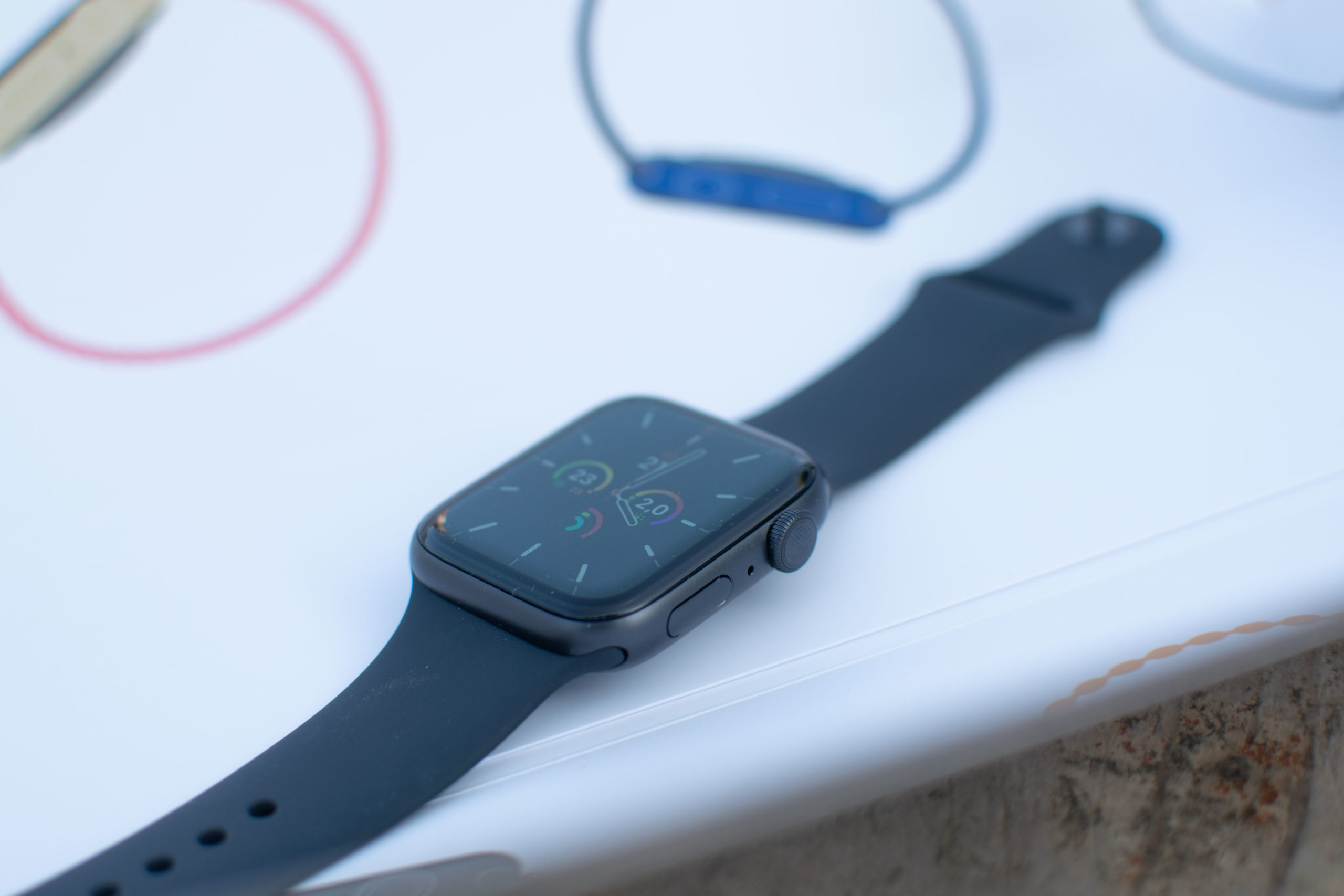
Blood oxygenation monitoring
By far the biggest innovation of the Series 6 is their ability to measure blood oxygenation via sensors on their underside. This measurement takes place completely simply through a native application similar to the one Apple creates for EKG or heart rate measurement. So you can calculate with it by directly recording values in the Health application, which is definitely great, because thanks to this you have a lot of data about yourself in one place. I was actually quite curious about the blood oxygenation measurement, not so much because of the data, but because of the functionality of the novelty as such. When the first impressions of foreign reviewers, to whom Apple lent the watch even before the start of sales, appeared on the Internet, almost all of them said that the watch must be worn very precisely in terms of location on the wrist and practically not moved in order for the measurement to be successful. When these factors were not met, the reviewers simply did not measure blood oxygenation, which made me feel insecure. However, it dropped immediately after I launched the blood oxygen app for the first time and took the first good oxygenation of my blood – all without any adjustment to the watch on my wrist and even without my hand completely resting. So it is definitely not the case that for each measurement the watch would have to be "stuck" on your hand for a long time and you would then not even be able to move during activation. This is by no means true. As long as you don't really wave your hand or move it significantly and at the same time you don't have your watch on in any atypical way, you won't have a problem.
The values measured by the watch are given as a percentage and thus show the percentage of blood oxygenation. It should range between 95 and 100% in a healthy person at rest, and in my case, fortunately, I was within this range with every measurement. However, if you were to reach other numbers, it is a good idea to seek medical help and avoid possible problems. Insufficient oxygenation of the blood can cause a whole range of problems, including impaired breathing, excessive sweating, bleeding skin, or even disorders of mental activity or heart arrhythmia. However, Apple itself informs in the application for measuring blood oxygenation that its measurement is purely informative and users should definitely not draw any exaggerated conclusions from it, but rather useful information.
Underlined, summed up - I can rate the blood oxygenation measurement as a high-quality gadget that definitely suits the watch. However, whether it is usable on a larger scale must be answered by each of you for yourself. For example, not so much for me personally, but I believe that she will definitely find her supporters, who cannot imagine life without her in a few months. In short, it mainly depends on how a person uses the watch and, by extension, how he perceives it - i.e. as a fitness trainer, a notification center or a doctor on the wrist.
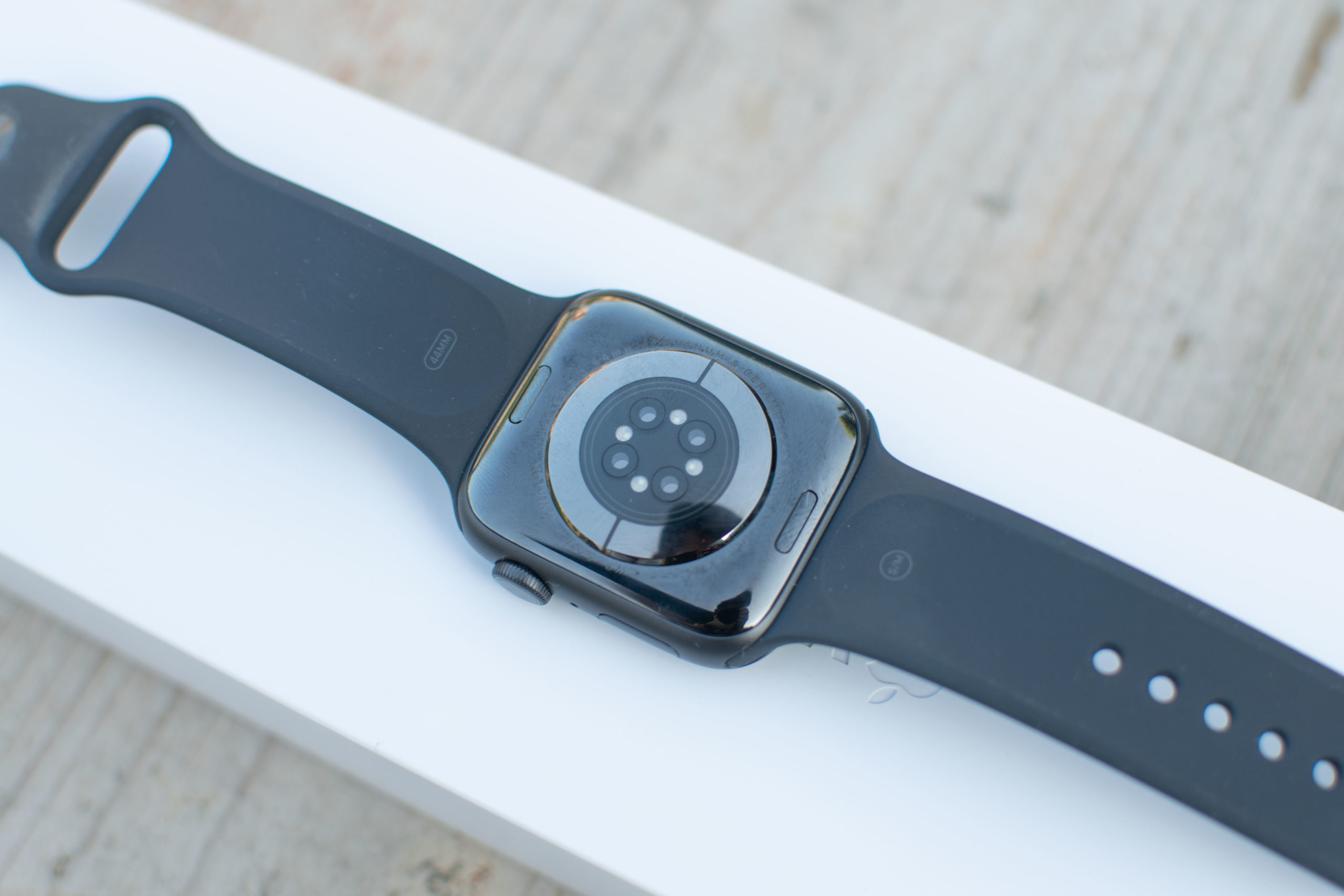
Endurance and charging
Practically every new Apple Watch is expected to extend its battery life, although usually in vain. I would love to write that the Series 6 finally broke this rule and their durability reached much more interesting values than their predecessors, but I would be lying. Despite the fact that we have seen the deployment of a newer processor, from which many expected not only higher performance but also lower energy consumption, the increase in endurance simply does not happen, which I can firmly confirm after two weeks of testing.
I would describe myself as an average Apple Watch user whose activities do not deviate from some imaginary norm. My day starts with putting the watch on my wrist at about 6:30 in the morning and taking it off at 21:30 p.m.—that is, after about 15 hours of operation. I take my watch off at night because it's hard for me to sleep with it on and the sleep analysis simply doesn't make sense to me. As for the functions that I use on the watch, it is primarily receiving notifications for messages, Twitter, Facebook and the like. Every day, I also try to take at least a two-hour walk at a faster pace or some kind of home exercise, during which the Watch of course follows me. If you are interested in charging, I always put the watch on the charger at night before going to bed, so I take it off in the morning with a 100% charged battery. And what values do I reach during my normal day? With the Series 5, it's about 50% left in quieter mode, and I have about 20-30% left on days when I'm more active. And I experienced exactly the same values with the Series 6. Their battery drops by about 2 to 3% per hour, with the fact that during more active use, when using the Exercise app or similar, the battery drops by 6 to 7% per hour. Bottom line, the bottom line - the watch personally lasts me a day with any of my usage style, while with a more economical usage style it gets almost two days. Sure, it's not a miracle, but on the other hand, it's not terrible either. However, the previous lines should be taken with a certain margin, as the battery life of the watch is reflected not only in its hardware and the use of functions, but also in various settings and dials. So, for example, if you use light dials, the durability of the watch will be lower than with black. In short and well - you can "catch up" or lose much more on the watch's software settings than the difference a few extra mAh in the Series 6 battery will make.
The battery life of the Apple Watch Series 6 is not breathtaking, but its charging speed does a good job of trying to do so. Apple boasts on its website that you can charge the watch from 0 to 100% in a very respectable 1,5 hours, which I can confirm from my own experience - that is, in a way. During my testing, I charged the watch from 0 to 100% with a classic 5W adapter in a very decent hour and 23 minutes, which is quite a bit less than what the Series 5 wants me to do. They ask for about an hour and fifty from 0 to 100% minutes, which is not so little. Yes, I charge overnight, but from time to time a quick charge is also useful.
Summary
Apple Watch Series 6 is quite difficult for me to evaluate in a way. This is because it is a perfect smart watch with a lot of great features and one big BUT. The "but" is the fact that these functions will only excite complete newbies or users who own significantly older models than the Series 4 and 5, because they are not familiar with these functions. However, if you are an imaginary greaser in the world of Apple Watch, who has already worn a lot of models on your wrist and now you are watching Series 4 and 5 on it, I think that you will simply not sit on the back of the Series 6, because you will not get any big benefits compared to your current watch they will not bring Therefore, their purchase needs to be carefully considered, as you just avoid sprinkling ashes on your head. However, Series 6 can be recommended without hesitation to newcomers to the world of Apple Watch or owners of older models.

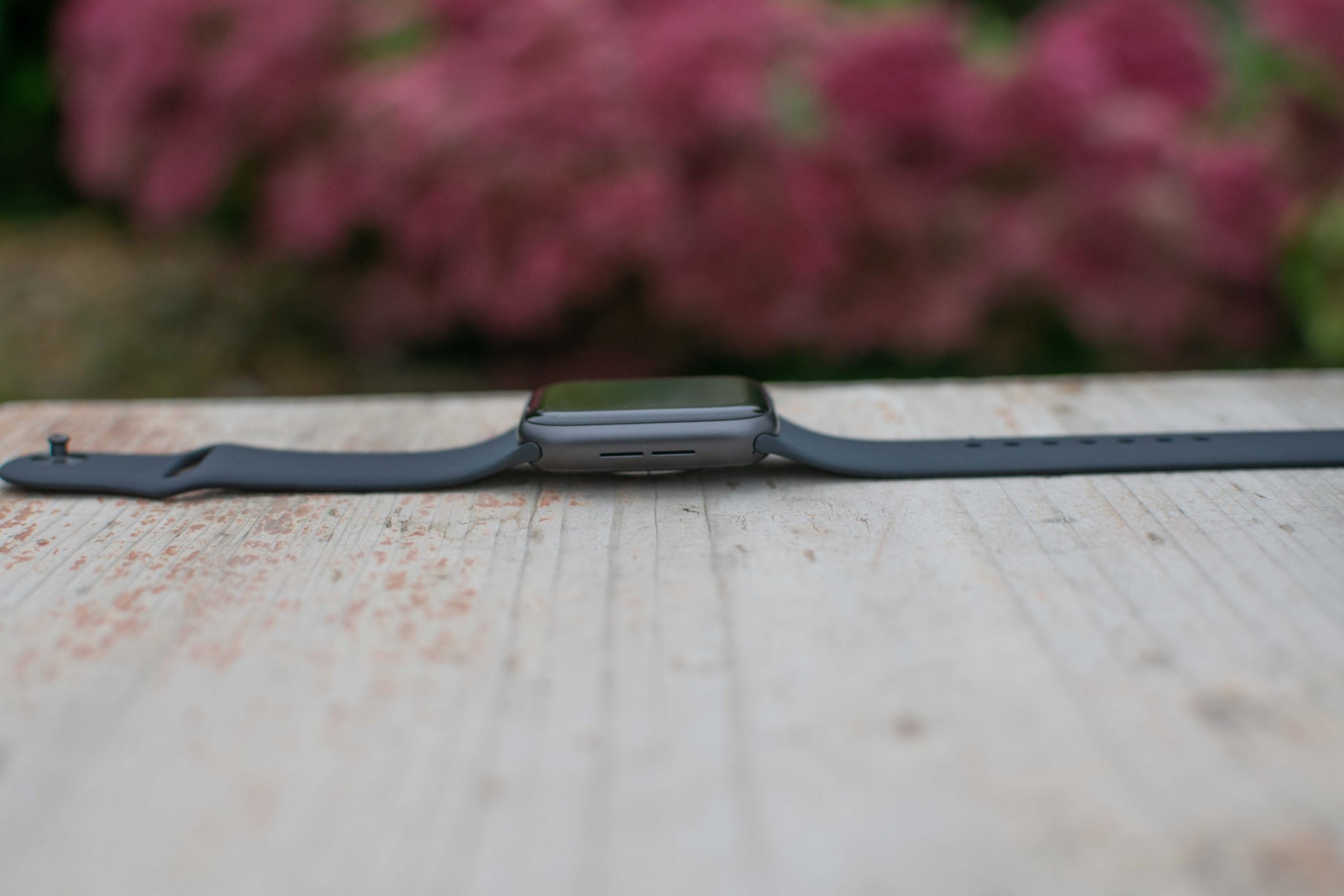
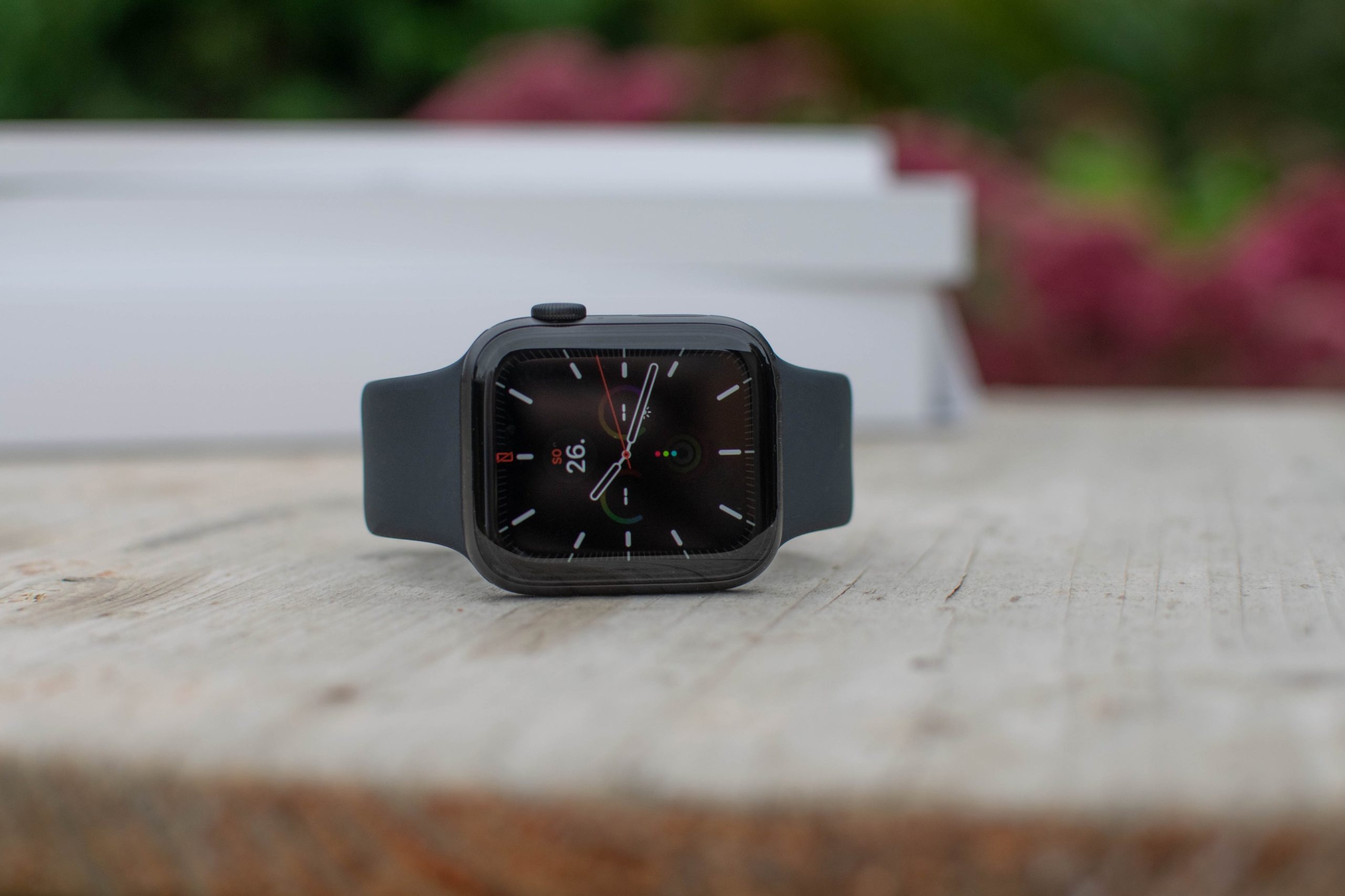
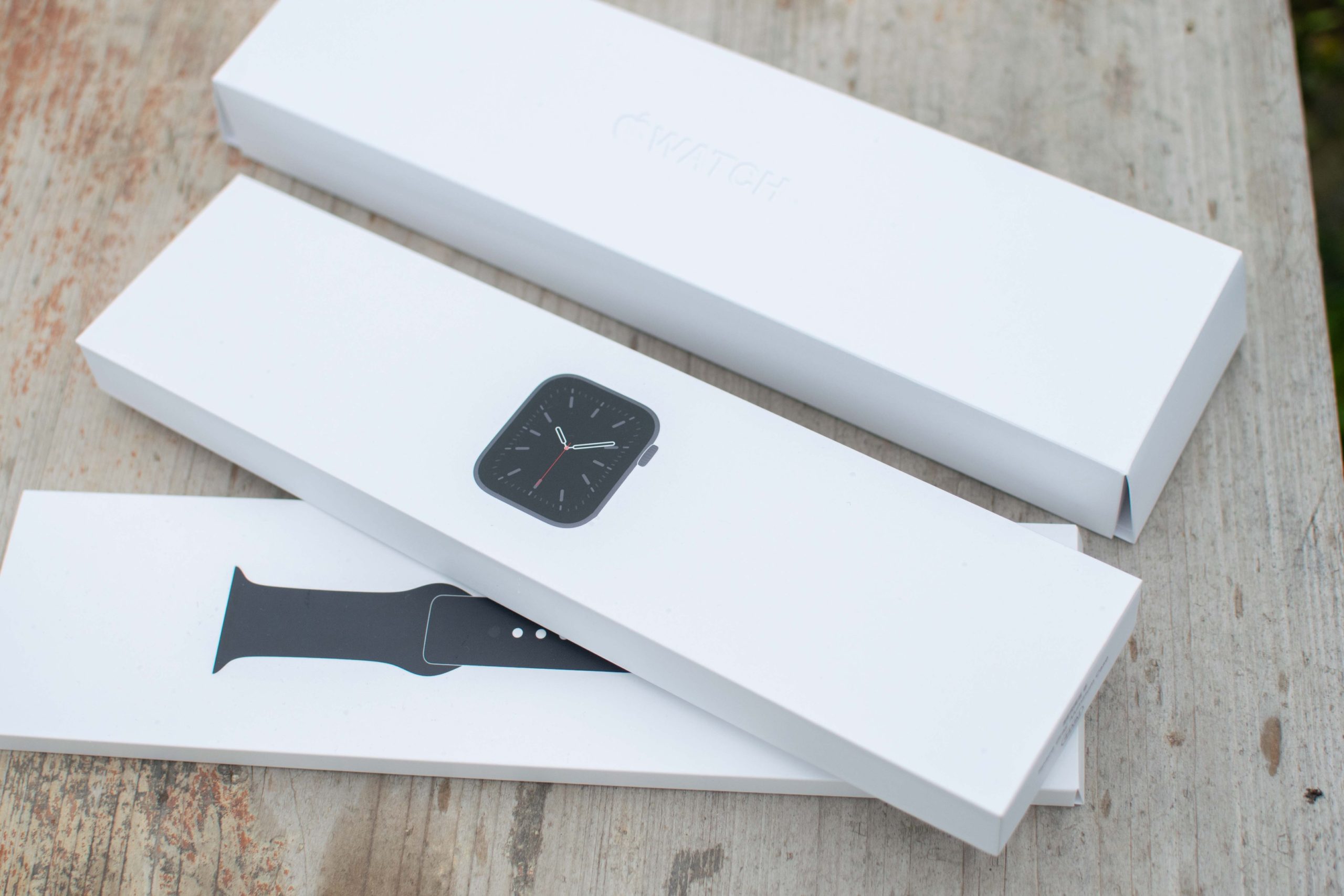

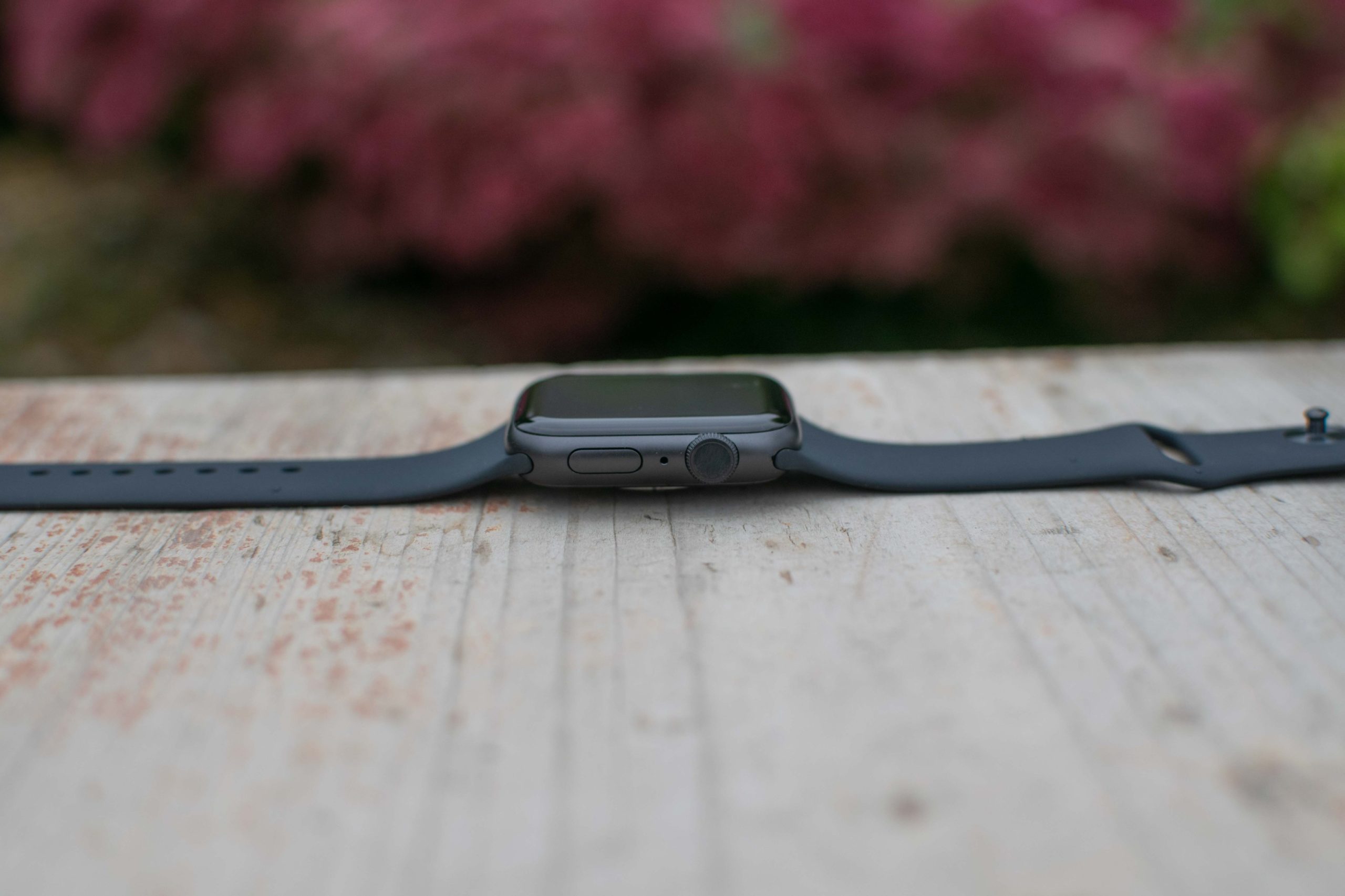

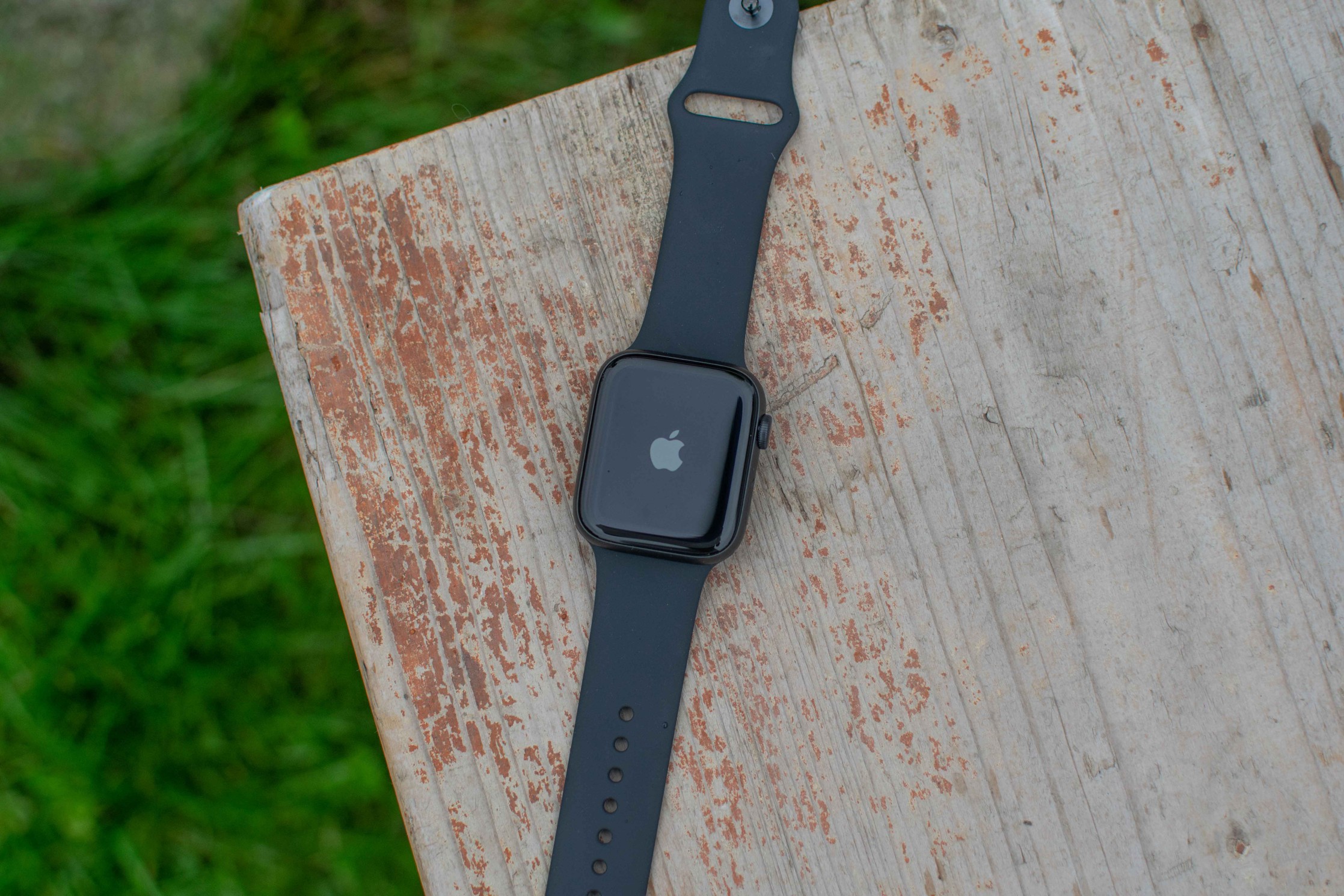
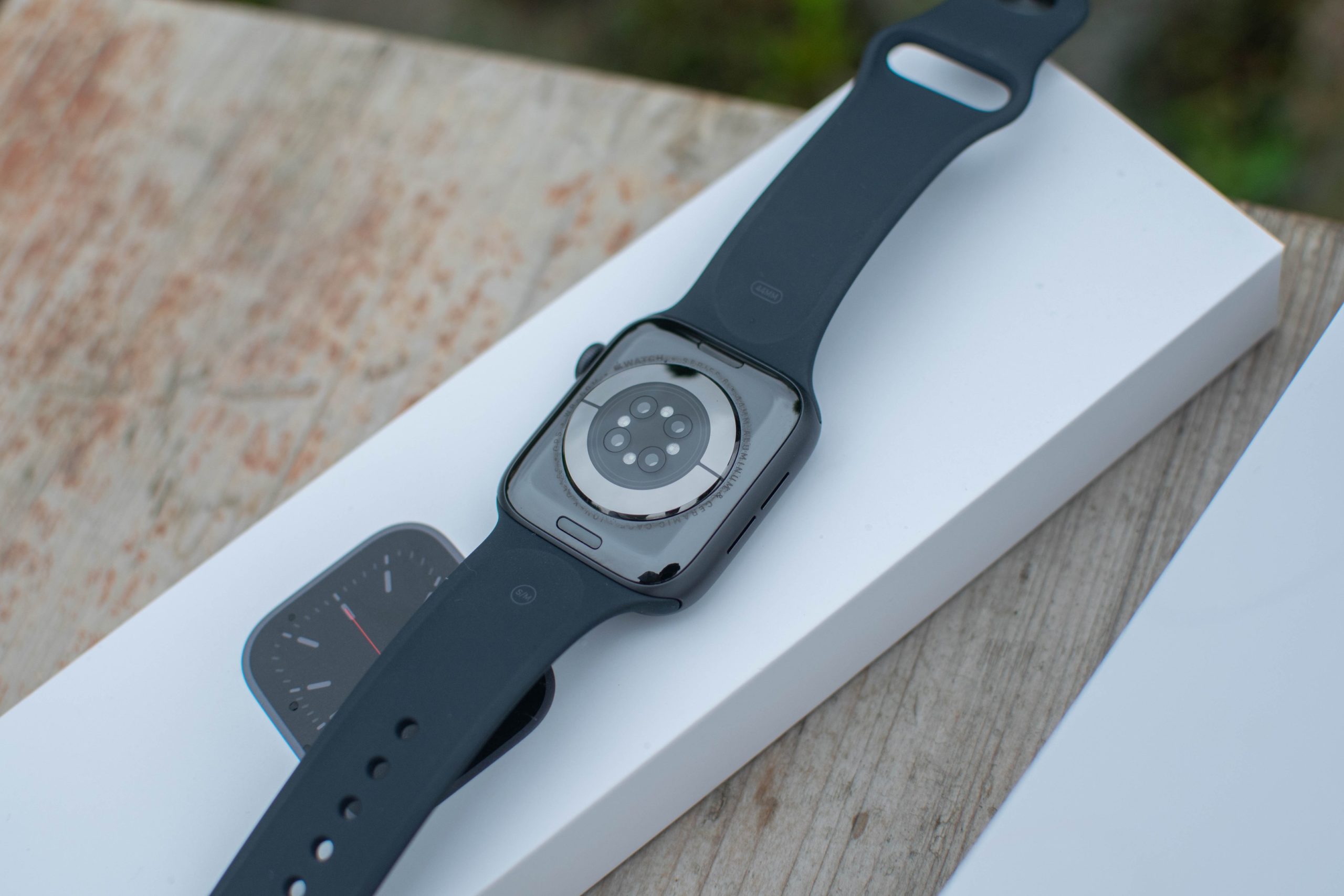
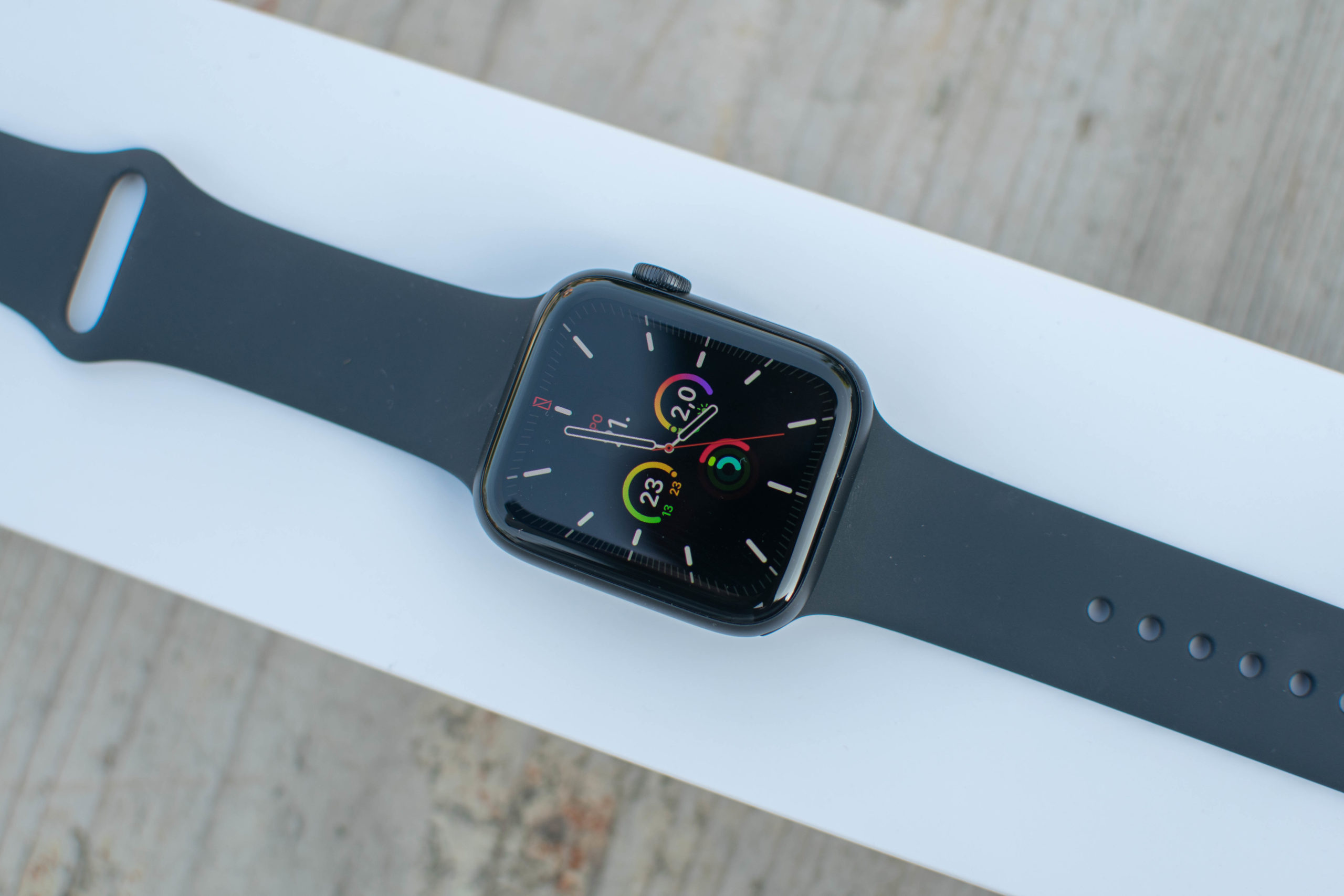
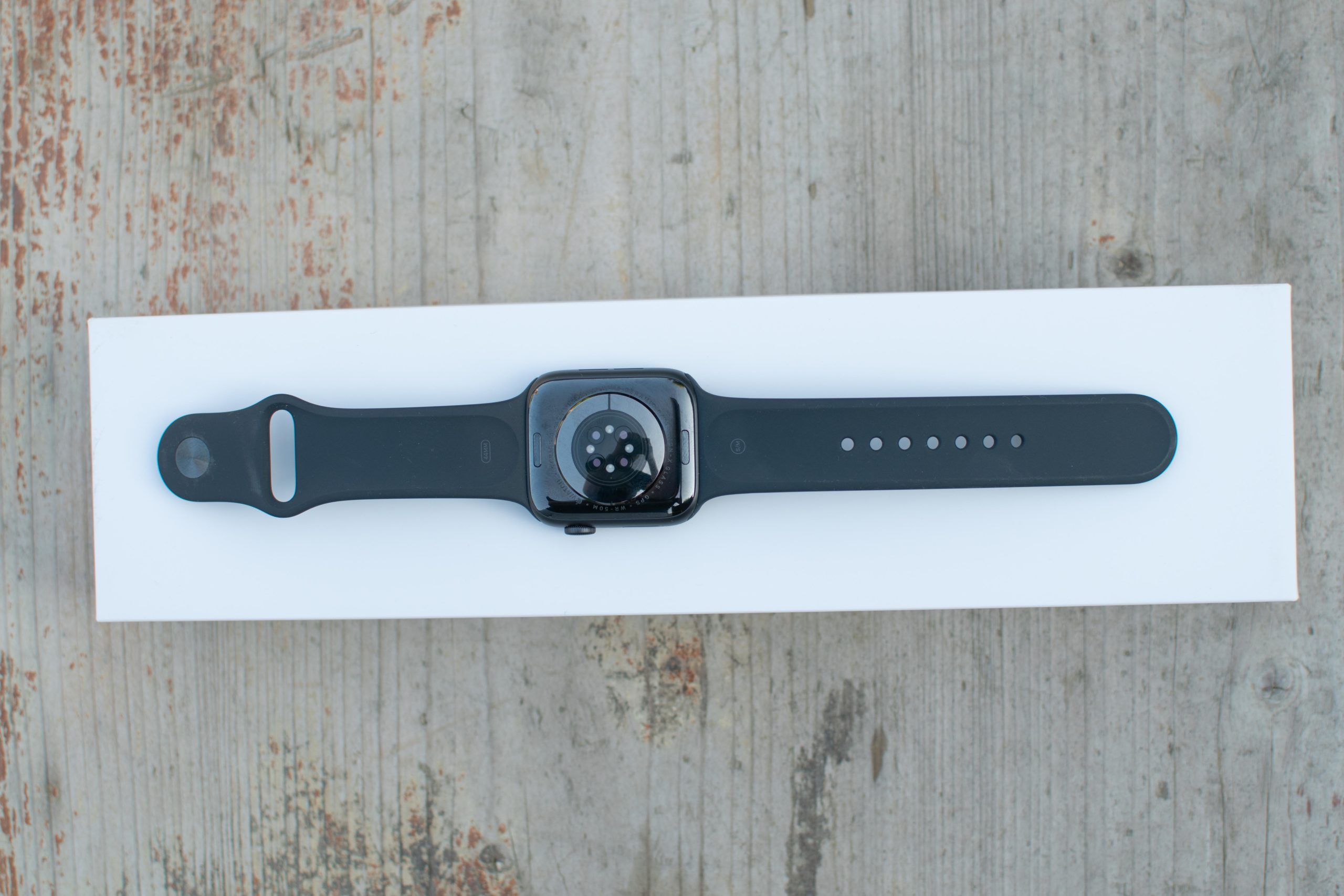

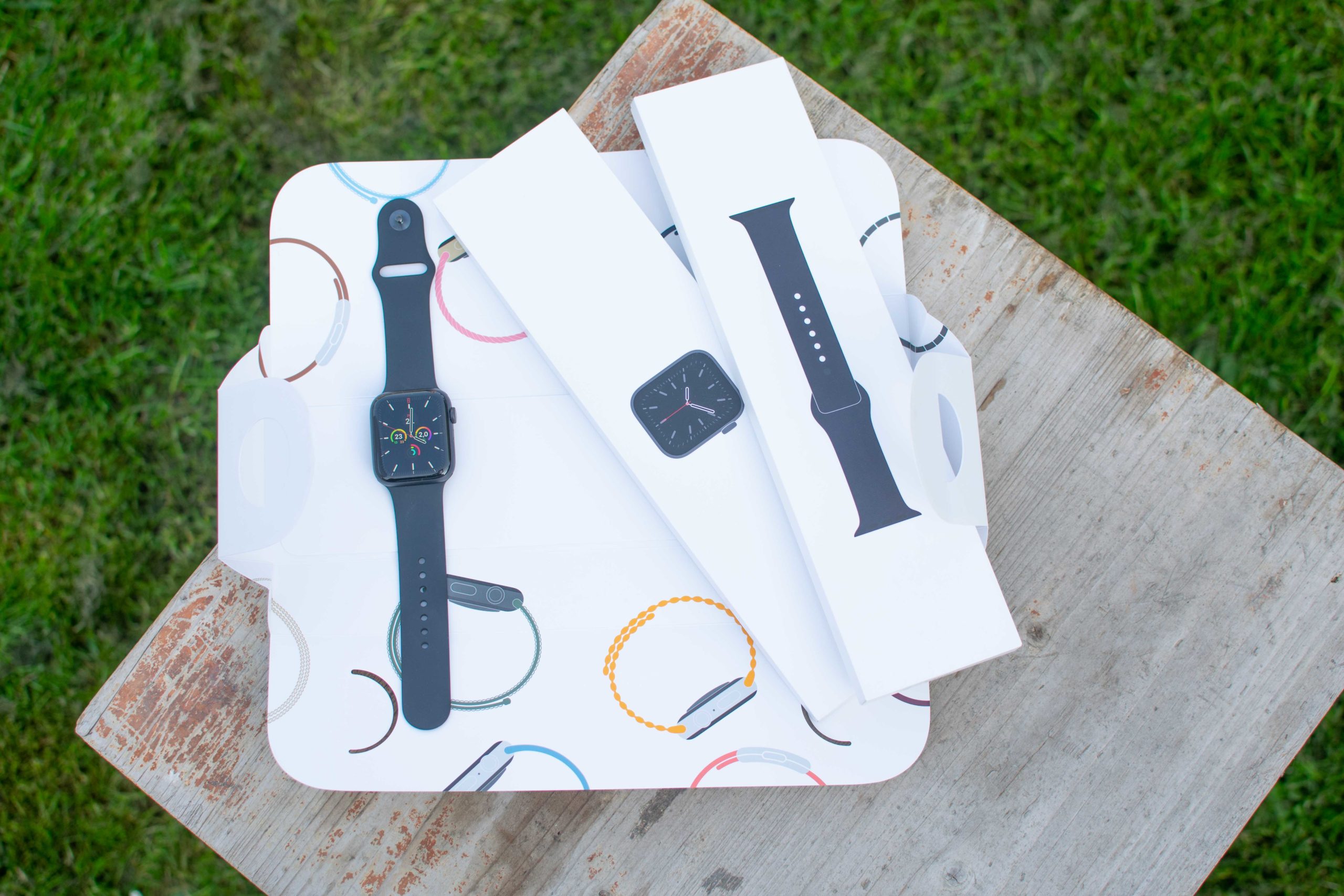
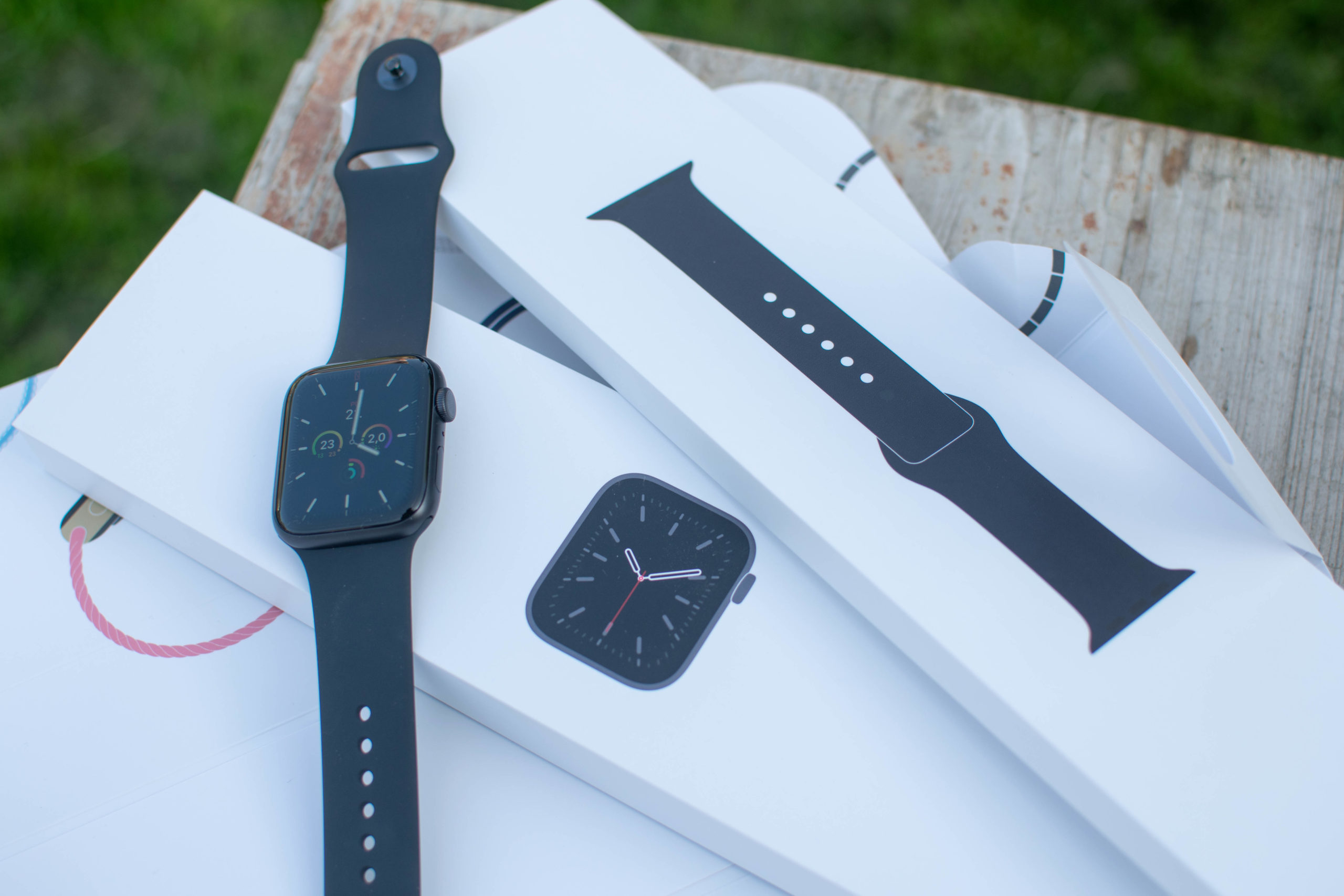
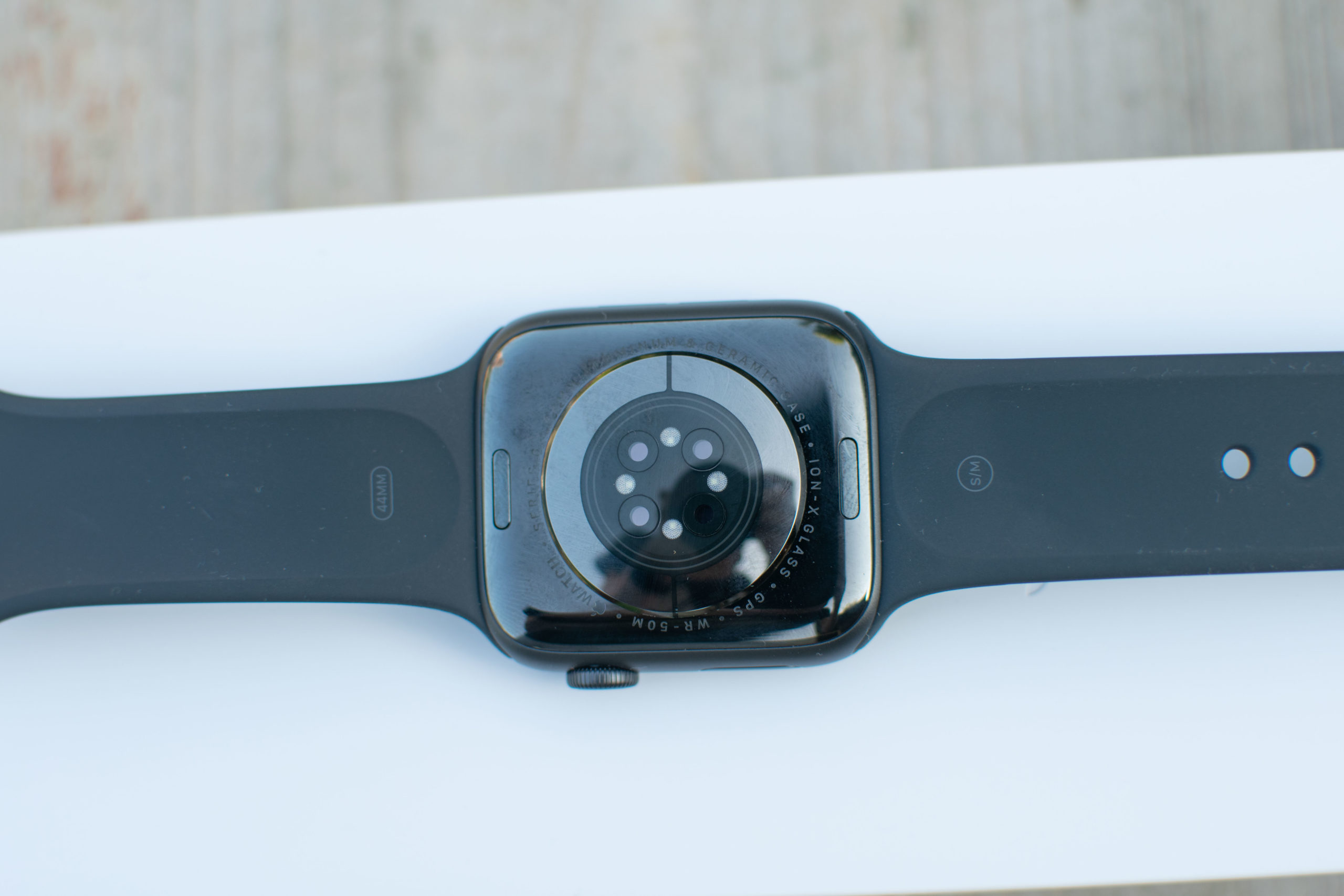
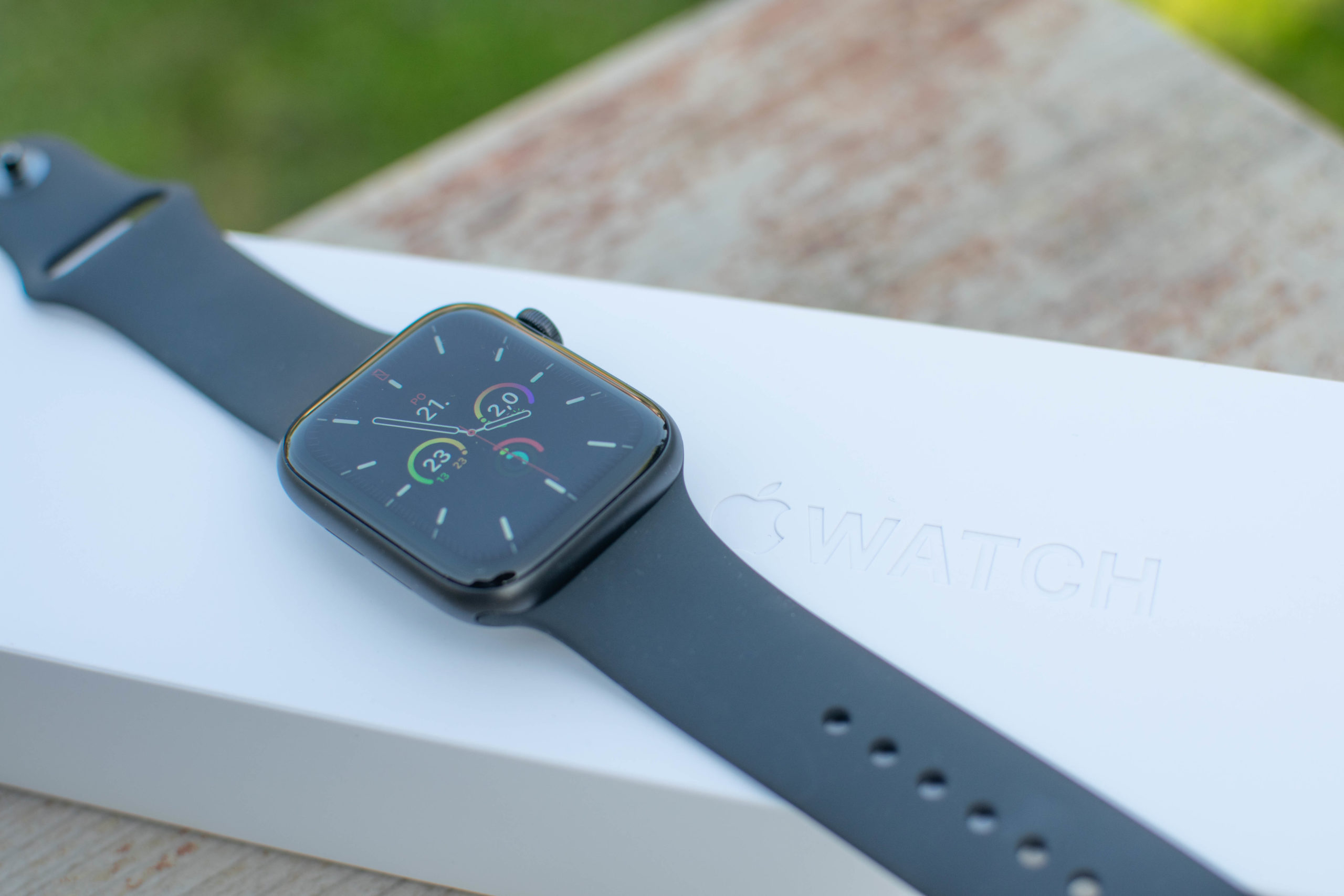
Nice article. I agree, I switched from AW series 4 after almost 2 years and for me it is of course a huge leap. I wasn't too excited about the difference from 5 either. However, I have a philosophy that with such a fundamental upgrade (by 4 generations) I buy the latest. It will pay off in the long run. I would have been able to use the AW2 for another year, but the absence of the new watchOS forced me to do so.
What is the real battery life of the AW 2, it must have had a lot of charge cycles over the years. Thanks
I have an Aw2 for 3 years. I have to put it on the charger every night, but during the day, even with activity, it still lasts
I have the AW2 nike version and they last a day without problems even during activities (approx. 30% left if I go to do 2 hours of exercise during the day) so the battery is fine even after 2 years :)